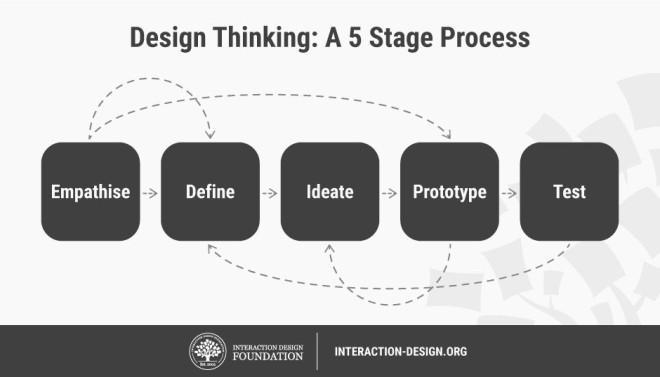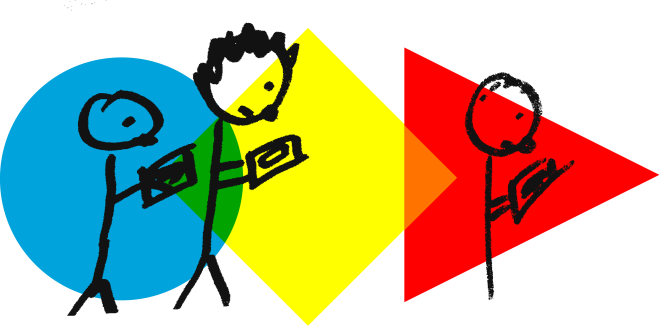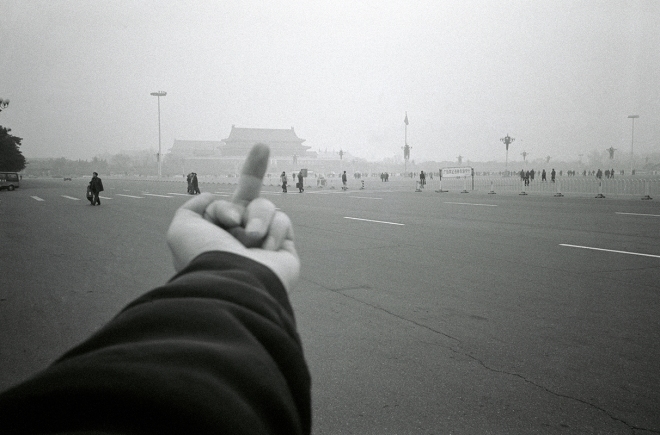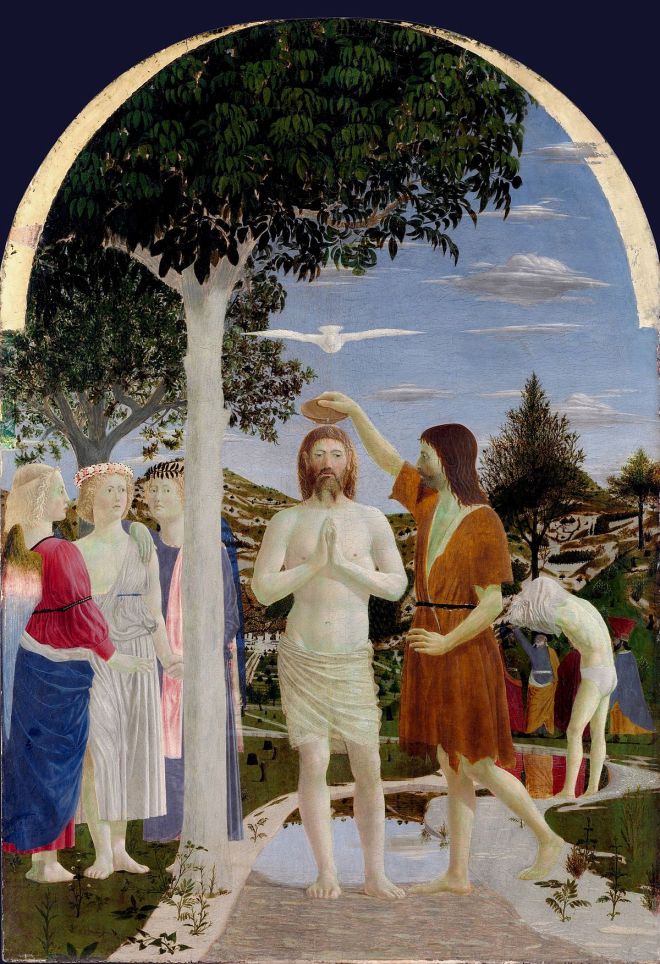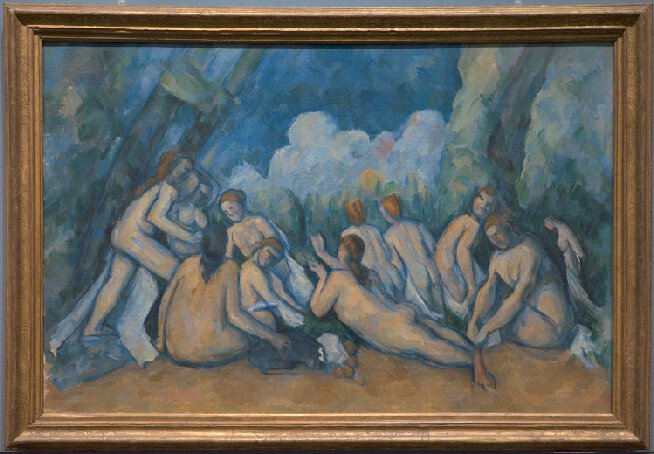The programme of this year has included different exhibitions, I found interesting, for the theme and the disposal, the photography exhibition, Four Saints in Three Acts at the Photographer’s Gallery. The first exhibition is focusing on the photographic dimension of the American modernist opera by way of series of rare luminaries photographers such as Lee Miller, Carl Van Vechten, George Platt Lynes and Therese Bonney. 4 Saints in 3 Acts was written by Gertrude Stein, the influential modernist writer and critic, with composition by composer and critic Virgil Thomson. Unusually for the time, the opera featured an all-black cast, made up of performers from the so-called Harlem Renaissance, including the famous Eva Jessye Choir, led by important figure Eva Jessye.
The Photographers’ Gallery in London opened in 1971 by Sue Davies was the UK’s first independent gallery devoted to photography. Their goal has always been to provide an international narrative through photography and to debate new way of thinking about the role of the photographic image in society today.
The number of documents, letters, original programmes, tickets and official photographs of the lavish stage sets, where provided by the Broadway Theatre billboard to give a more detailed profile of the movement. I found the exhibition well illustrated and explanatory; all the documents were giving more and more about the artist and their ideals. The conceptual process was reflecting the disposition of the spaces, because in the first room all the documents and texts were introducing the photography display of the second room, that presents a series of photographic portraits of the cast, in the end, the third room was a listening area where the full opera soundtrack was playing out.
The curators of the gallery Patricia Allmer and John Sears, before seeing the exhibition, they explained the story of the major artists of the exhibitions presenting Ramon Amaro, lecturer in the department of Visual Cultures at Goldsmiths, University of London and Heather Agyepong a modern photographer that take inspiration from Lee Miller and Therese Bonney.
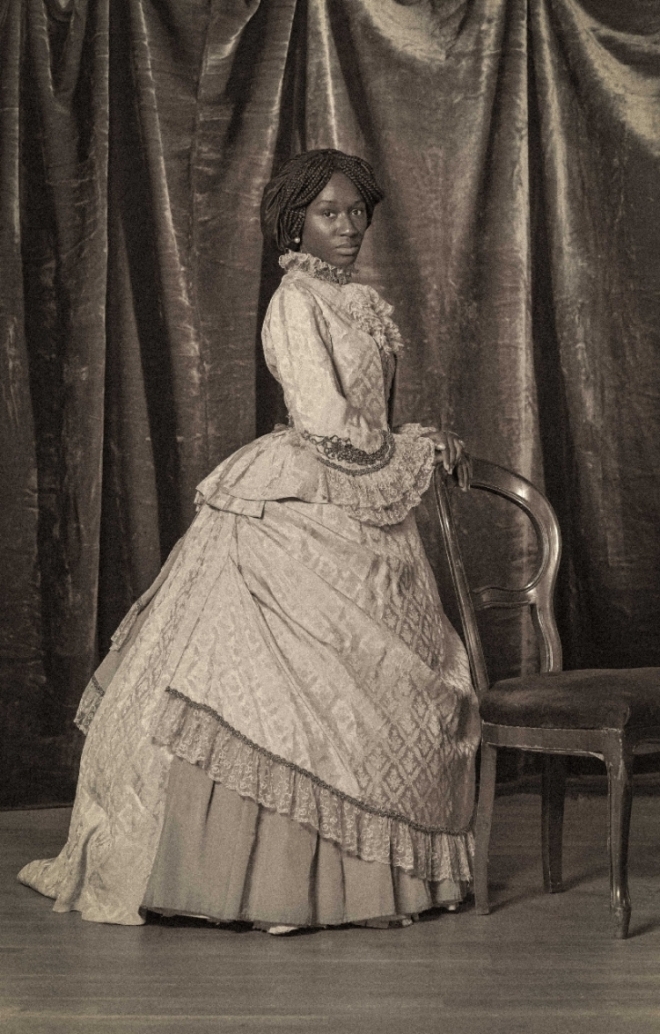 Heather Agyepong, Too Many blackamoors, 2015
Heather Agyepong, Too Many blackamoors, 2015
For a long time, magazines, museums, galleries and art institutions have been unable or unwilling to acknowledge it or grasp its essence. “Blackness in photography has been overlooked, but that has not deterred us,” says Jamel Shabazz, a famous street photographer that gave an important contribution to the black culture.
To conclude, the Photographer’s Gallery always hosts interesting artists and Photographers from different background and style. I found the talk before the visit really important to better understand the importance of the displayed photos and deeper contextualise the black culture in the twenty century.
 White Studio, Photograph of the stage set for Four Saints in Three Acts, 1934. © Archives/Wadsworth Atheneum Museum of Art
White Studio, Photograph of the stage set for Four Saints in Three Acts, 1934. © Archives/Wadsworth Atheneum Museum of Art
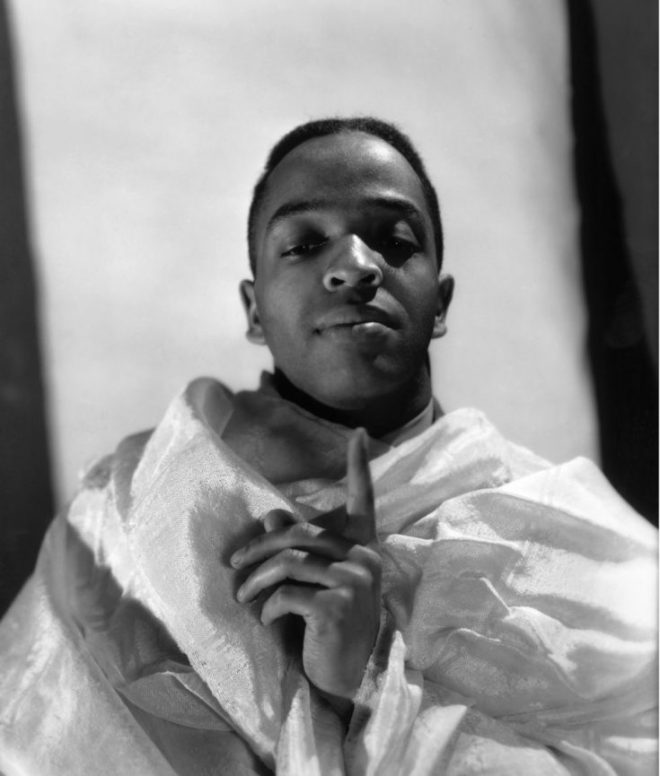 Edward Matthews as St Ignatius, Four Saints in Three Acts, New York Studio, New York, c. 1933. © Lee Miller Archives, England 2017
Edward Matthews as St Ignatius, Four Saints in Three Acts, New York Studio, New York, c. 1933. © Lee Miller Archives, England 2017
Bibliography:
The Photographer’s Gallery (2018) Avaible at: https://thephotographersgallery.org.uk/whats-on/talk/key-speakers-4-saints-in-3-acts(Accessed: 12/03/2018)
Joel Karamath (2018) “Saints and Sinners: Revisiting Four Saints in Three Acts” Avaible at: https://thephotographersgalleryblog.org.uk/2018/01/15/saints-sinners-revisiting-four-saints-in-3-acts/ (Accessed: 12/03/2018)
Lucia De Stefani (2016) “Addressing the Representation of Black Culture in Photography” Avaible at: http://time.com/4323138/addressing-the-representation-of-black-culture-in-photography/ (Accessed: 12/03/2018)


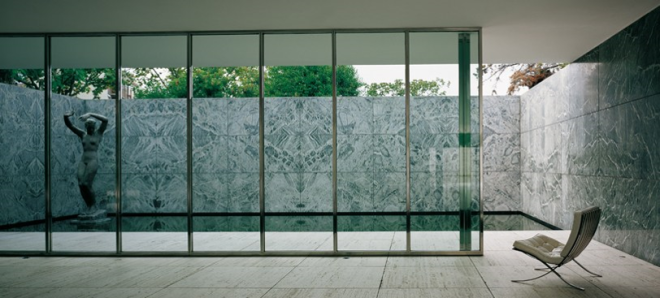

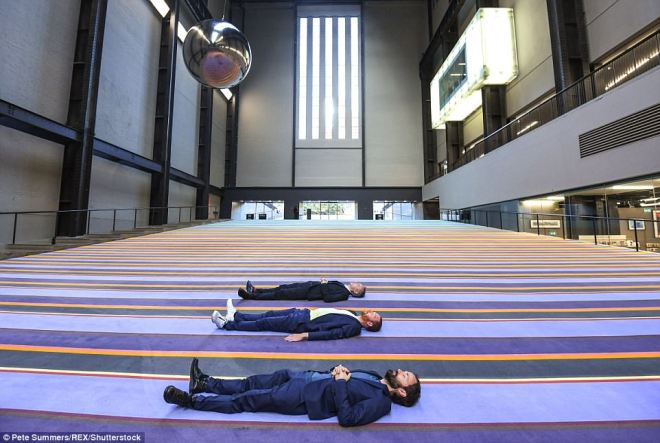
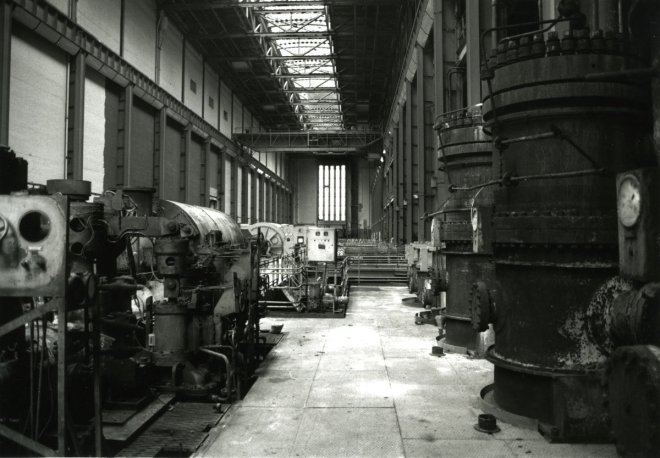
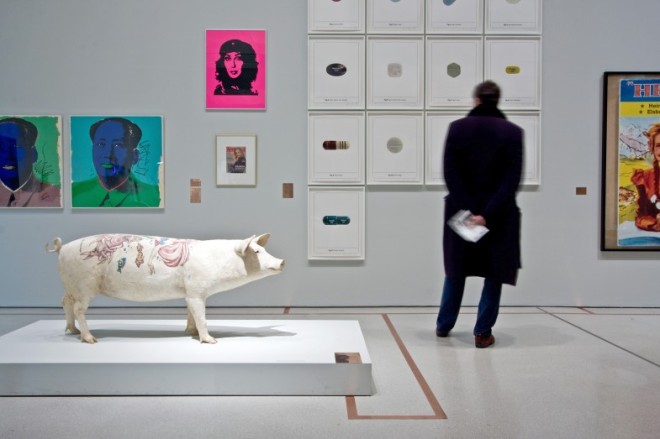 ‘Martian Museum of Terrestrial Art’ at the Barbican Art Gallery
‘Martian Museum of Terrestrial Art’ at the Barbican Art Gallery Convergence, 1952 by Jackson Pollock
Convergence, 1952 by Jackson Pollock

